There’s no doubt, it’s here. Spring, that is! I can feel it in my veins, smell it in the air, and even though my body is still stiff after the long, cold winter and my eyes are sore, and I feel like a tired mole coming out from the dark to the bright sunlight, I’m ready to embrace the warmth and renewal. And speaking of excitement, I have some wonderful news to share—but first, let’s dive into inspiring Spring Equinox Rituals!
Even though there’s still frosty nights and we just got a fresh blanket of snow, there’s no mistaking the arrival of spring. Last week I saw it for the first time: a small crystal “Sun catcher” our son got as a gift in his name giving ritual, hanging by our bedroom window, casting beautiful rainbow-colored beams across the room. The sun rises in Southern Finland before half-past six, so finally, on a sunny day, we can actually wake up alongside the sunrise! After a long and dark winter, it feels miraculous.
For me, a sure sign of spring is also the arrival of the whooper swans on the nearby Fiskars River. They come every year around the same time, and it fills my heart with joy. As well as the other signs of the Spring that are all around us.
Today is the Spring Equinox. It means dusting my altar and setting it ready for the Spring!
Building the Spring-time Altar
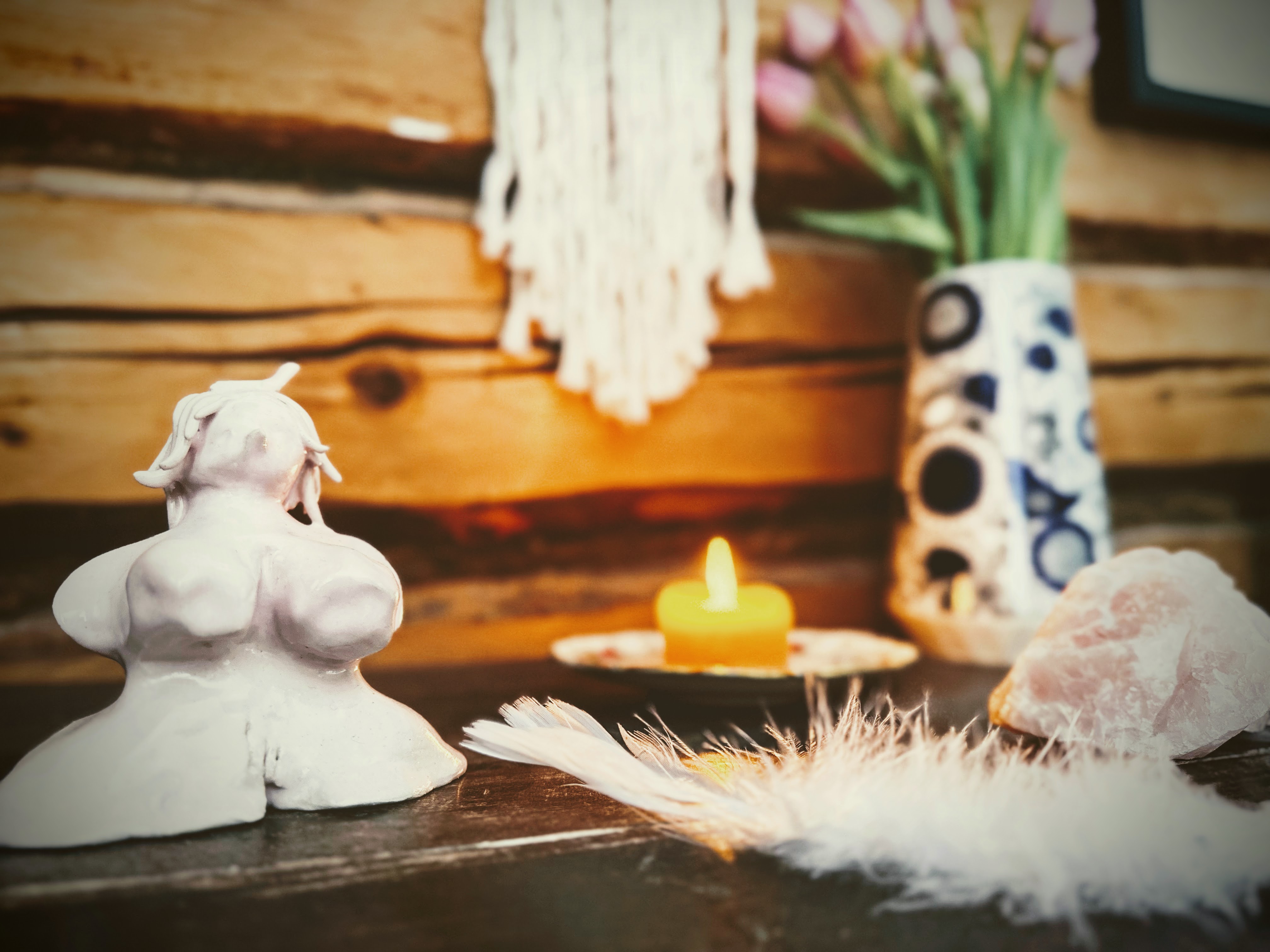
Element: Air
Colors: yellow, bright green, white and purple
Aroma: herbs such as cleansing sage and creativity-boosting rosemary
Flowers and trees: willows, tulips, peonies, daffodils, widows’ leaves and crocuses
Stones: a rose quartz called the love stone, said to increase empathy and love ]
Other elements:
Feathers
Increased sunlight and warmth lift the fog, migratory birds and thoughts alike. You could place a white feather on the altar to symbolize the element of spring, air.
Fire, Ash and Smoke
In Finland and many other cultures, bonfires have been burned during the vernal equinox. The purpose of the bonfires was to protect against evil spirits and to bring good luck. The fire also symbolized the burning of the remains of the old year, the smoke the cleansing and the ashes the rebirth. In the Ostrobothnia region in North West Finland the tradition of pääsiäisvalkeat, Easter Bonfires, is still strong: the bonfires flutter in the fields freed from the frost. You can burn a candle or herb incense on your altar.
Mother Goddesses and Venus Figurines
Make your own clay Goddess, Venus carving or other object, and place it on the altar to raise the sexual energy of Spring. Venus-figures are small female statues from the Stone Age, often carved from soft limestone or ivory. The breasts, thighs and vulva of Venus sculptures are heavily exaggerated. They have been interpreted as magical talismans of their time and symbols of sexuality, used in fertility rites.
Eggs
Paint eggs and place the colorful eggs on your altar. For many cultures – including Finns – the egg symbolizes the Universe and rebirth. In the ancient Germanic festival of Ostara, eggs were collected and sacrificed to the Goddess of Spring. This ritual is still reflected in our Easter egg tradition, where eggs are painted and chocolate eggs are hidden for children to find.
Willows
Decorate pussy willow branches and place them on your altar alongside spring flowers such as tulips, daffodils, coltsfoots, and crocuses. The tradition of virpominen, blessing people with willow branches, came to Finland from Russian Karelian Orthodox Christians who sanctified willow branches during Easter service. The priest blesses, smokes incense, and sprinkles holy water onto the branches. The tradition of virpominen on Palm Sunday (this coming Sunday) still thrives in Finland: children dressed as witches eagerly roam the neighborhood, blessing their neighbors with colorfully decorated willow branches and reciting a traditional rhyme, and in return, they receive chocolate eggs or other sweets:
Virvon varvon, tuoreeks terveeks, tulevaks vuodeks.
Sulle vitsa, mulle palkka.
I wave and bless, for health and cheer, wishing you well in the coming year.
For you, a branch, for me, a token.
In the Christian tradition, the Easter pussy willows are reminiscent of the palm branches used to greet Jesus. However, the use of willow branches goes back much further and has symbolized rebirth for our nature-loving ancestors: the willow is one of the first trees to come to life after a long winter. Willow branches and their furry catkins remind us of the cycle of life and that the dark and cold winter has now been overcome and Spring and new life can begin.
Rabbit
Rapidly multiplying rabbits serve as excellent symbols of fertility. The Easter bunny also reflects the pre-Christian ancient Germanic fertility festival of Ostara. The tale of the egg-laying rabbit is first mentioned in a dissertation published in Heidelberg, Germany, in 1682, which explores Easter rituals. Easter bunnies hop around in Finland as well, in chocolate and porcelain on tables, as well as in flesh and blood versions in the springy crust of snow.
“Maaliskuu maata näyttää”
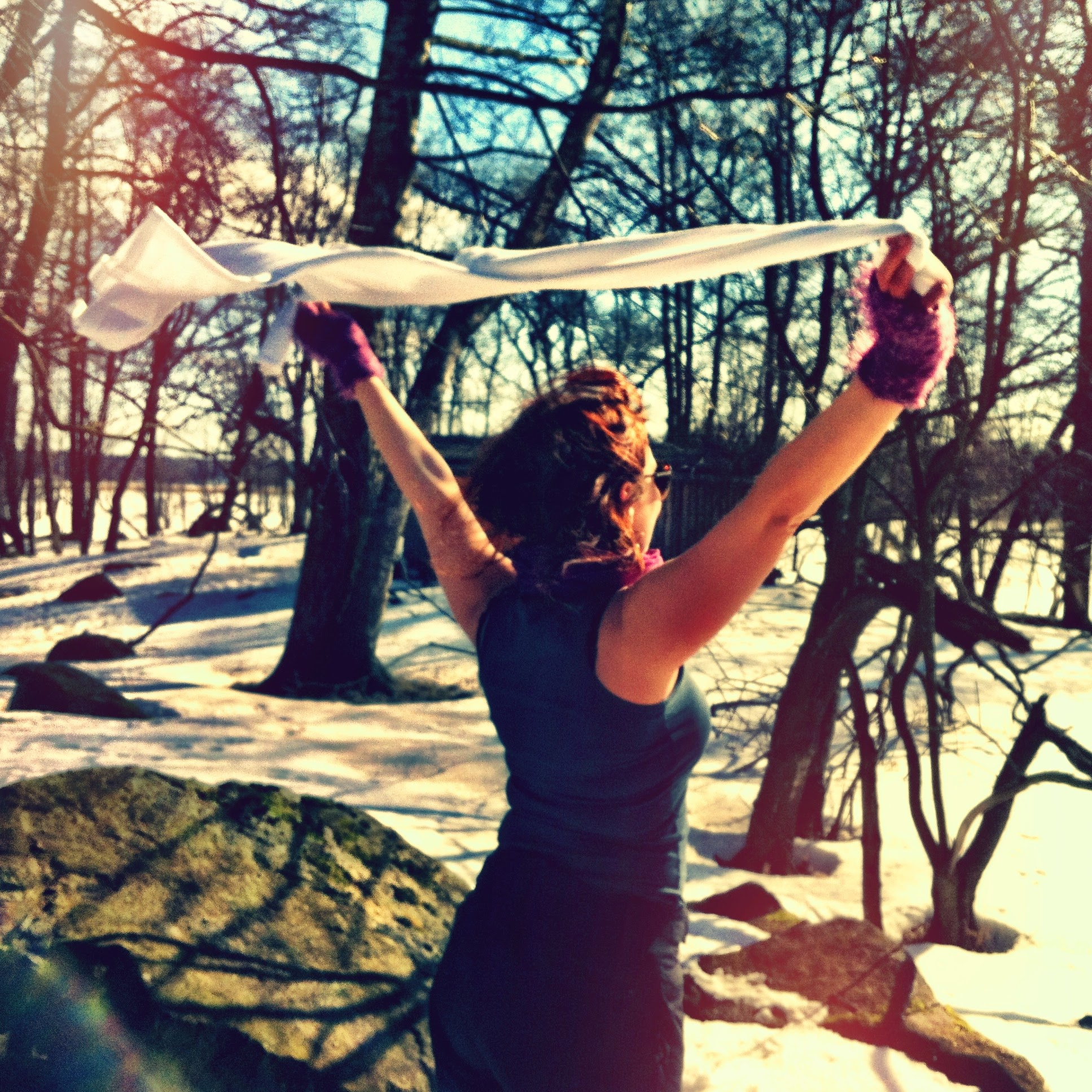
Names of the month:
Maaliskuu (Finnish), meaning “Earth Moon” is most likely derived from the word “maa”, meaning earth, possibly also from “mahla”, which means sap
March (English) after the Roman war god Martius
Worm Moon (Dakota), Sugar-Making Moon (Ojibwe), Goose Moon (Algonquin, Cree), Wind Strong Moon (Pueblo), Sore Eyes Moon (Sioux, Dakota, Lacota, Assiniboine)
“March reveals the earth,” goes an old Finnish saying. Mother Earth begins to emerge from her snowy blanket in the northern hemisphere, and the frost gradually loosens its grip. Changes start to happen around waterways: reeds stretch their stiff limbs as the snow melts from the shores, and the ice cover thins day by day. Blackbirds sing seductively, even though the fields may still be covered in patches of snow. However, nature is already stirring, ready for a new cycle; the spring sun brings the first freckles to our cheeks. People seek shelter by the walls of houses, raising their gaze dreamily towards the sun, listening to the tranquil rhythm of the droplets dripping from the eaves.
The energy of spring is slowly building up in nature and in us humans. Whether we live in the city or in the country, the amount of light is increasing, and it affects us as it affects all animals and plants in nature. Our minds may still be partly frostbitten from the dark winter, but the increase in light creates a turbulence in our bodies: the production of feel-good serotonin, the neurotransmitter associated with well-being, increases and the feeling of empathy increases. We find other people more attractive, and the social creature in us starts to wake up – after all, the winter may have been spent mostly huddled indoors by ourselves. Testosterone levels increase in both men and women, and we become more active as our hormones start humming.
In many ancient cultures, the calendar year began in March – after all, it marked the start of the new growing season in nature. The astrological year also begins with the March equinox, in the sign of Aries.
The Romans named the month after Mars, the god of war and agriculture. Before the Julian calendar, Rome used a ten-month calendar, with March being the first month. After a long, peaceful winter, the warriors were also out in force and began their training. Native American tribes refer to March by various names, including the “Worm Moon” or “Sugar-Making Moon” – a time when earthworms emerge from the softened earth and insects on tree trunks lure small birds. Maple trees are ready to release their sap, which is boiled down into delicious maple syrup. Personally, I find joy in the term used by some people, the “Sore Eyes Moon”: the cold spring wind combined with bright sunshine always brings tears to my eyes, especially in March!
Spring Equinox
For many cultures and indigenous peoples in the Northern Hemisphere, the spring equinox marks the beginning of the year: it’s when light triumphs over darkness. Similarly, in the Southern Hemisphere, it marks the beginning of autumn. During the spring equinox, also called as vernal equinox, occurring between March 19th and 21st, the Sun’s center crosses the equator and moves from the Southern Hemisphere to the Northern celestial sphere. Night and day are roughly equal in length across the globe, each lasting about 12 hours.
The spring equinox was one of the main festivals of the year for many ancient cultures, celebrating the gods and goddesses of fertility, the Sun, and the arrival of spring and new beginnings after the dark, cold winter.
In the Northern Hemisphere, a new cycle of the year begins in nature: the growing season starts, seeds begin to sprout, and many forest animals enter mating season or give birth to the offspring they carried in their bellies during the dark winter. The spring equinox also marks the beginning of the astrological year: Aries is the first sign of the tropical zodiac, and the Sun enters the sign of Aries at the time of the spring equinox.
Easter is also connected to the vernal equinox: it is celebrated on the Sunday following the full moon after the vernal equinox, so its timing varies from March to April. The Finnish word for Easter, pääsiäinen, was coined by the father of the Finnish literary language, Mikael Agricola, and refers to the end of the forty-day fast preceding Easter: finally, the fast is over. In many languages, the word is derived from the Hebrew name of the holiday, “pesah,” which commemorates the Exodus, the liberation of the Israelites from slavery in Egypt (Russian “pasha,” Greek “paskha,” Swedish “påsk,” or English “passover”). However, pre-Christian roots are evident in the English and German names for Easter (“Easter” and “Oster,” respectively), believed to descend from the ancient Germanic spring goddess Ostara.
Spring Equinox Ritual: Spring Cleaning
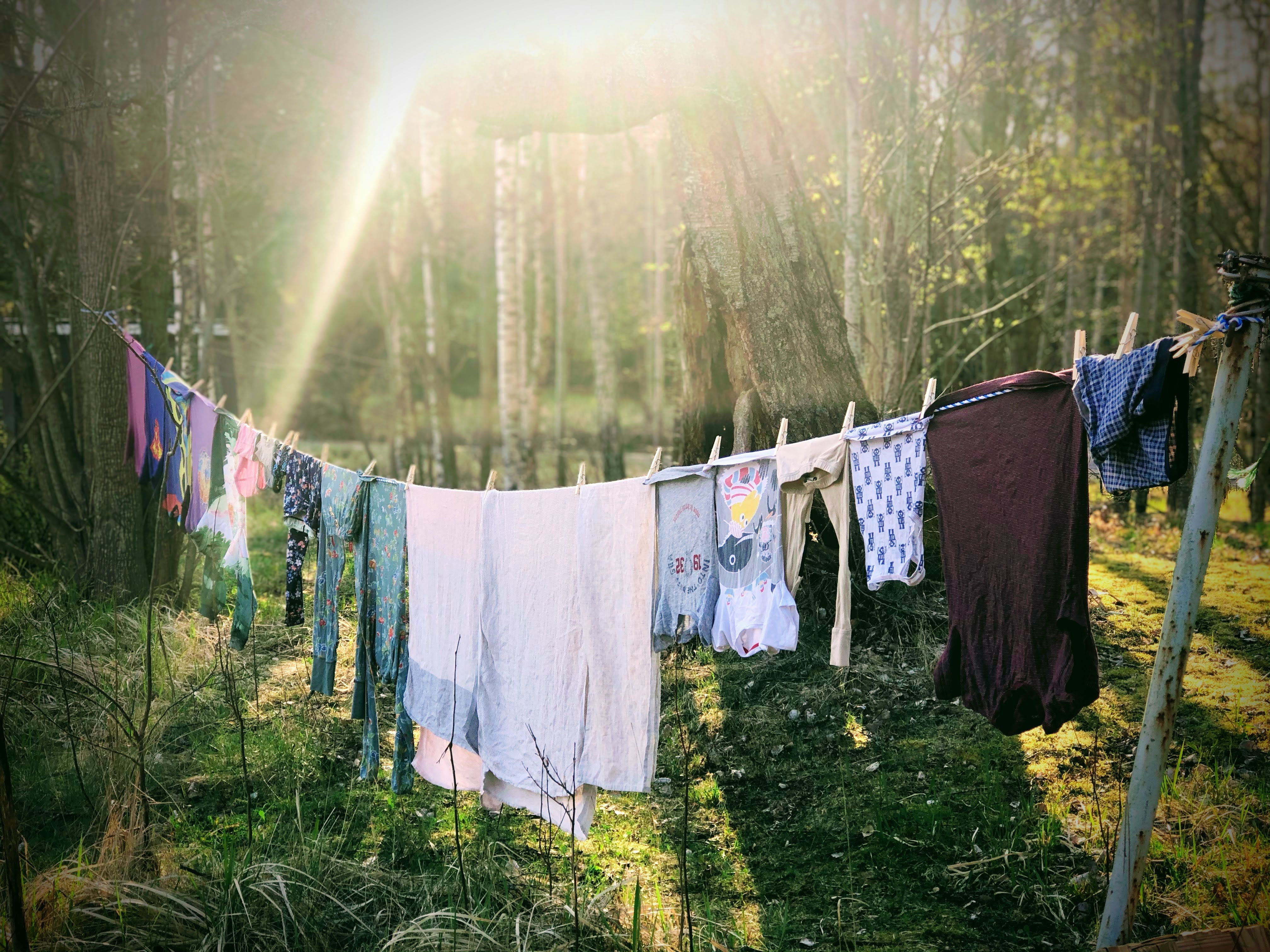
In Finland, the spring equinox has also been regarded as the “driest” day of the year. If things were disposed of during the spring equinox, they also stayed away. There is no better day for spring cleaning than the spring equinox! If you don’t feel like cleaning, at least make a list of things you no longer need in your life – whether material or immaterial. Make a plan on how to get rid of them: sell, recycle, dispose, or donate. A well-planned task is half done. Also, remember that it’s perfectly okay to hire a professional cleaner if your budget allows it – after all, in the past, households were kept clean with the help of parents, grandparents or maids.
Spring Equinox Ritual: Celebrate in Honor of Ilmatar, the Goddess of the Air
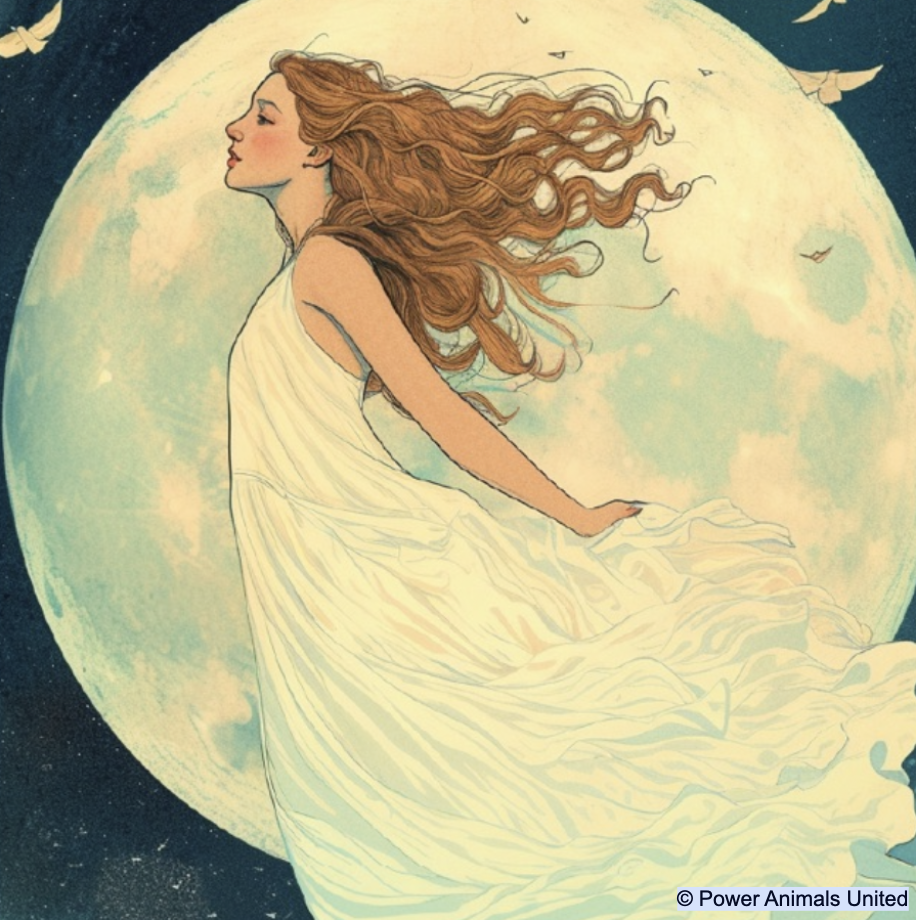
According to the Finnish and Karelian national epic, the Kalevala, the world begins when a sotka bird, a common goldeneye, lays her eggs on the knee of Ilmatar, the air maiden, who is lounging in the primordial sea. As Ilmatar shifts, the eggs break open, giving birth to the entire Universe. Ilmatar also brings forth Väinämöinen, the great shaman, tietäjä, after being impregnated by the Wind itself. Thus, the spring equinox is the perfect day to remember Ilmatar, who could be considered the matriarch of Finnish mythology, the origin of all life.
Climb to a high or windy place – a cliff, a balcony, a seaside. Close your eyes and let the wind blow across your face. In your mind, connect with our matriarch, the primordial mother, the Ilmatar. Feel and sense how the unbroken chains of our foremothers have carried your cells and the building blocks of life into your body and into this moment. Give thanks to spring, rejoice in Ilmatar and praise the unbroken chains of the ancestors with gratitude for this new cycle that begins at the spring equinox.
Spring Equinox Ritual: Celebrate Spring with Friends!
Even if you don’t celebrate the religious Easter, it’s still worth celebrating the vernal equinox! Gather your friends, dress in spring colors, decorate the venue or altar with symbols of spring, and invite light and fertility into your midst with magic, dancing, and good food and drink. Paint eggs, decorate willow branches, hide bunnies in the garden, and heat up the sauna in honor of spring. Bake hot cross buns to celebrate the return of the sun. Create your own ritual that will be remembered as a celebration of light and joy marking the end of a long and dark winter. And… pick some oracle or tarot cards to set the intention for the Spring!
So, back to my exiting announcement!
I have been developing an oracle card deck with my sister Riikka, and we are super happy to give you a sneak peek of our cards.
The content of the cards emerges from the depths of our childhood landscapes, the Finnish forest, its trees, plants, spirits, and animals, as well as the stories hidden within the forest’s embrace. The cards and a digital booklet which come with the cards draw their content from my latest book, “Timeless Nordic Rituals,” which was released last autumn in Finland and has just been sold to Germany. These cards bring Finnish nature and timeless Nordic rituals to you in a playful and incredibly beautiful form. If you’re interested in pre-ordering the cards, which will be released at the summer solstice, you can do so at our Sauna Animals store. Pre-ordering before the end of March will get you a special price of €35 + delivery (normal price €49 + delivery).
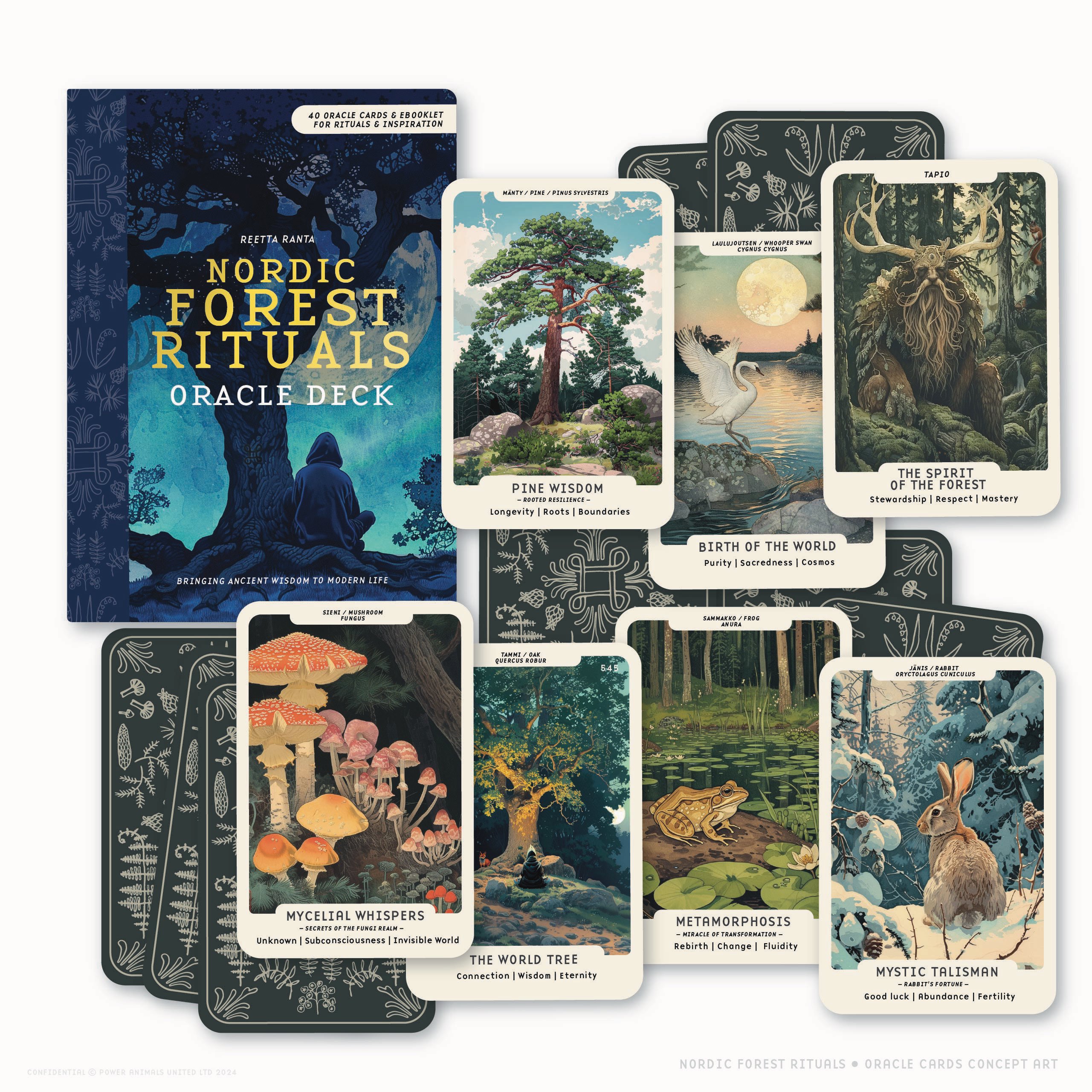
Would you like to learn more about rituals and live more in tune with the rhythms of nature? I share stories and insights about rituals now also in the form of a newsletter, approximately once a month. Join in!
🐣🌱 🌞 Happy Spring Equinox! 🌞 🌱🐣